CULTURE
For over 10,000 years, our ancestors persisted. Our culture was built, generation by generation, through insatiable curiosity and the pursuit of innovation, working together to serve each other, our lands and waters and future generations.
At Sealaska, we strive for a culture that is
Reciprocal, as we strive for balance in all relationships.
Generous, putting our people, communities and planet first.
Optimistic, inspired our world’s endless possibilities.
Celebratory, as we take pride in who we are, honoring our Alaska Native heritage.
Humble, remaining grounded, genuine and authentic to our values.
Respectful, showing reverence for our truths, our environment and each other.
And, above all, our culture emphasizes a ceaseless commitment to both people and place.

The Sealaska story is still being written – and we are all the authors. Our culture inspires our work toward the health of our communities and planet

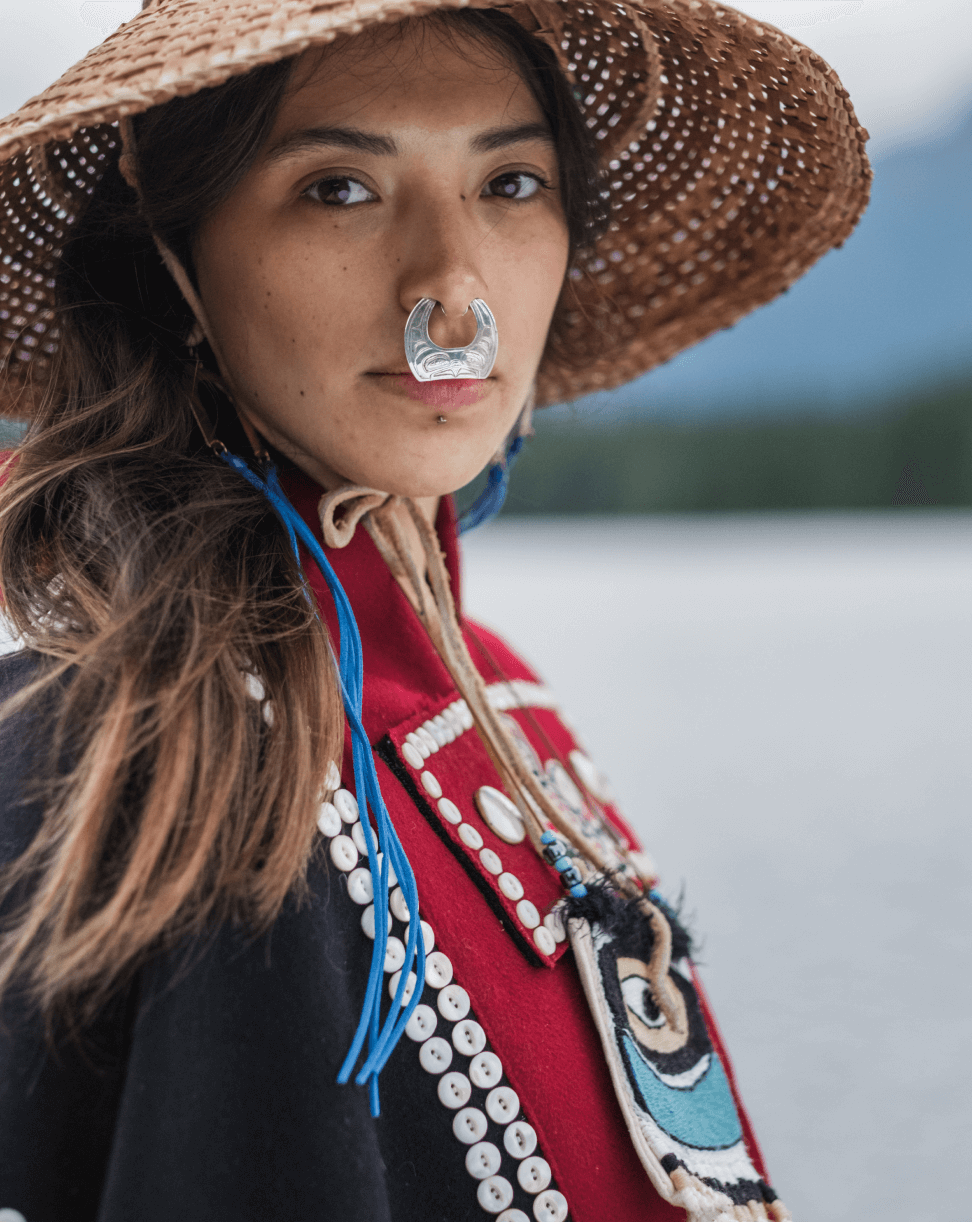
The intergenerational transfer of knowledge that has allowed our peoples to thrive over 10,000 years ensures our cultures will continue to thrive in perpetuity.
How we live, how we do business and the ways in which we serve and care for our shareholders are inextricably intertwined, as the values our ancestors have instilled in us live onward in all that we do. Steadfast in the innate knowledge and love for all we are as Alaska Native people, our vision for the future is shared by the people and communities Sealaska serves.
Since its founding, Sealaska was entrusted with protecting Tlingit, Haida and Tsimshian culture while strengthening the “container of wisdom” left by our Elders. To this end, nonprofit Sealaska Heritage Institute (SHI) was established in 1980 to administer cultural and educational programs. In just the past ten years, Sealaska has donated $23.4 million to SHI, which SHI then leverages tenfold.
From an Alaska Native perspective, how much wealth you have is measured by how generously you share. Inspired by this adage, Sealaska’s philanthropic giving measures in the hundreds of thousands each year.
Taking a stand for the things we believe in is part of our culture. Shareholder surveys allow us to learn more about shareholder priorities, which are then put into action through Sealaska’s policy efforts, collaborative work and collective impact networks.
Learn more about how Sealaska works to preserve and enhance Native rights here.
Our partners remind us that we do not walk this path alone. Wooch.éen—working together—is the core of our community partnerships, through which Sealaska is able to achieve much, much more than we ever could solo. Working together in trust amongst partners helps us create the greatest possible progress toward our shared vision of success.
Now more than ever, our languages need us. There is an urgent need to develop new, advanced speakers of our languages, and Sealaska is committed to the task. Through a $10 million endowment created in 2019, we are supporting the revitalization of Southeast Alaska’s Indigenous languages by providing grants targeted at advanced language learners.
Learn more about Sealaska’s language program and find funding opportunities here.
Our people hail from three distinct, vibrant Alaska Native cultures. We are known for being skilled harvesters and tradespeople, artists and storytellers. Each has a highly complex, matrilineal clan system through which we orient our relationships and identity.
Tlingit | Lingít
Lingít Aani — Tlingit land — stretches across nearly 500 miles, between Icy Bay and Ketchikan, Alaska. The northernmost Northwest Coast people, Lingít call the space between the mountains and the tides home. Their language is also Lingít, with roughly 60 fluent speakers.
Haida | Xaadas
Xaadas territory encompasses much of Prince of Wales Island. With heritage in both Southeast Alaska and Haida Gwaii in Canada, Xaadas history is rich and storied.
Xaad Kíl (Xaadas language) has one birth speaker in Alaska and fifty advanced speakers, thanks to ongoing revitalization efforts.
Tsimshian | Ts’msyen
Ts’msyen people call the Southernmost parts of Southeast Alaska home, as well as parts of British Columbia. Metlakatla Indian Community, on Annette Island, is the only reservation in Alaska. Sm’algyax (Coast Tsimshian language) has one birth speaker and forty advanced speakers, with concentrated efforts to increase fluency among the population.
The lands are our origin story. Sealaska represents Indigenous Alaskans with ten thousand years of heritage on these lands
Activism was an inherent part of life for Southeast Alaska’s Tlingit, Haida and Tsimshian people from early in the 20th century, thanks in part to the Alaska Native Brotherhood and Sisterhood (ANB/ANS). Fueled by passionate commitment, the ANB and ANS centered their efforts around regaining ownership of traditional lands through an eventual land claims settlement with the federal government. These activists rose to the challenge, crafting a corporate solution—the Alaska Native Claims Settlement Act (ANCSA)—despite seemingly insurmountable odds. These advocates’ unceasing dedication was focused around one collective goal: Alaska Native land ownership in perpetuity. Following the passage of ANCSA in…
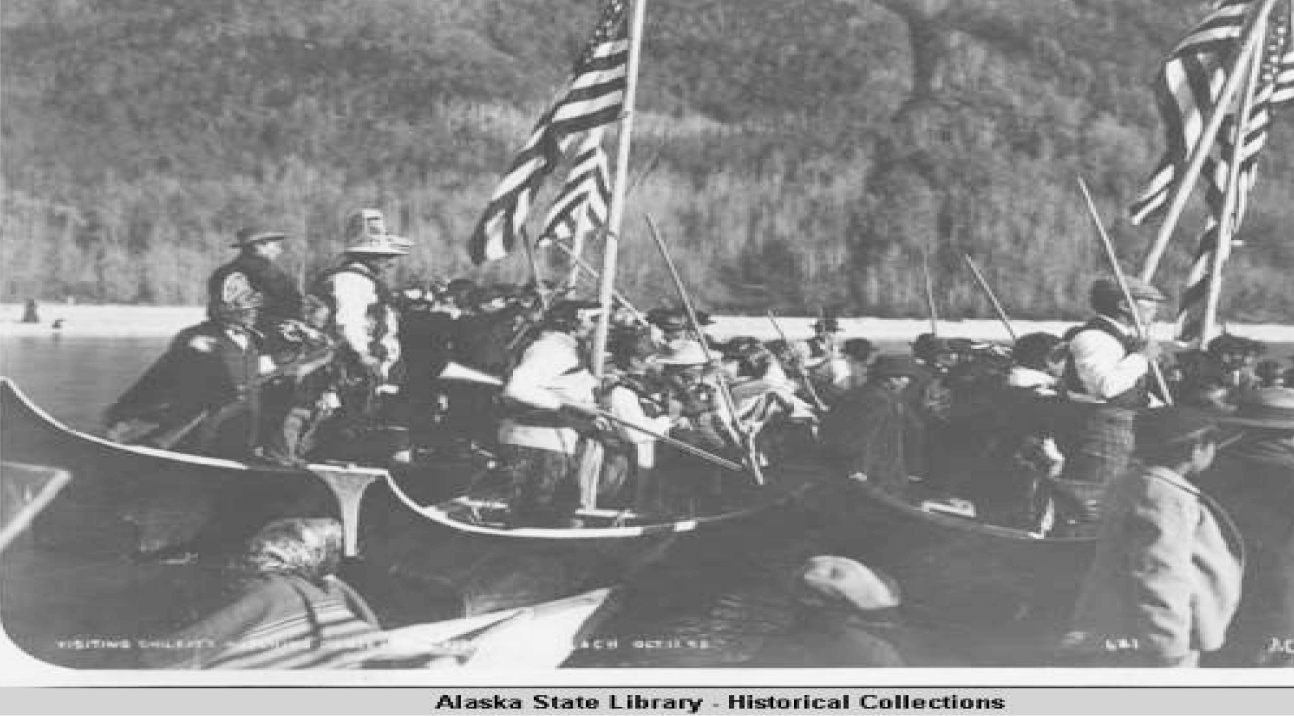
In 1867, the Treaty of Cession was signed, outlining the terms for the sale of Alaska from Russia to the United States for the price of $72 million dollars. Alaska Native people who had inhabited Alaska for thousands of years were not consulted on this sale, nor were their existing and ancestral homelands taken into account. Russian claims were made under the Laws of Discovery, which provides two conditions by which aboriginal people can lose their land: through just war; or by giving up specific lands by treaty. Neither condition was met, leaving land claims unresolved at the time of…
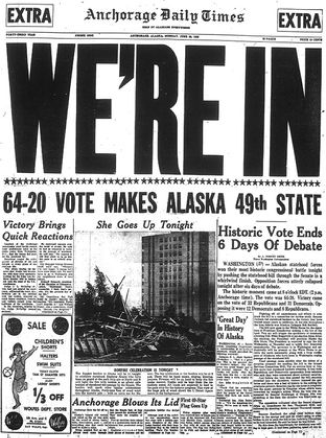
In 1959, Congress passed the Statehood Act, making Alaska the 49th state of the union. The Statehood Act established a state government, defined elected representation at the state and federal level and outlined the types of public lands the state could select. However, like the First and Second Organic Acts which ruled Alaska before it, the Statehood Act held no provisions for Alaska Native land claims. Instead, this act declared that the state must disclaim all right and title to lands and other property not granted upon statehood confirmation, including right or title held by Alaska Native people or tribes;…
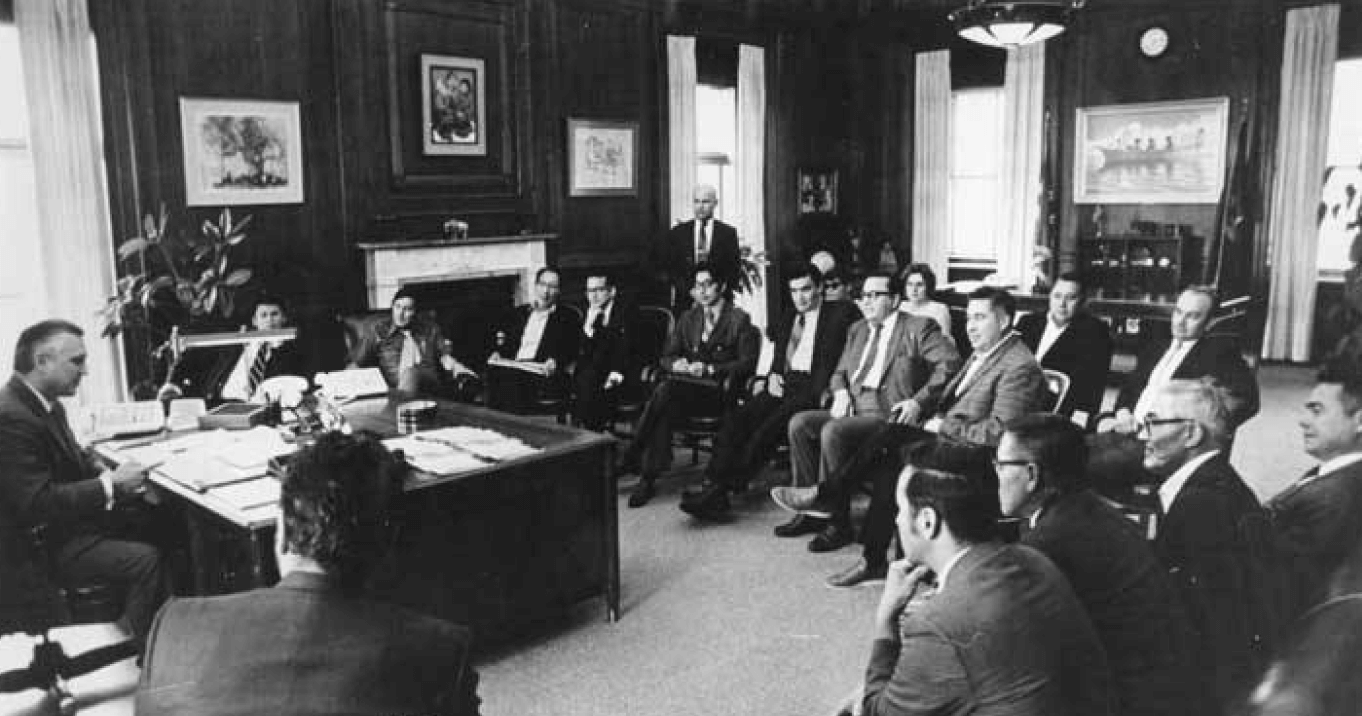
The Alaska Federation of Natives (AFN) formed in 1966 in response to the land claims issues brought forth by various organized Alaska Native groups, including the ANB and ANS. AFN consolidated these efforts and became the statewide organization to advocate for aboriginal land claims, earning an early victory with the imposition of a “land freeze” on any further land selection later that same year. By ordering these conveyances and selections—which Alaska Native people viewed as an encroachment on their lands—to halt, Alaska Native lands advocates were provided with the opportunity to appeal aboriginal land claims before the State of Alaska…
The discovery of commercial quantities of oil in the second half of the 19th century shifted the axis of Alaska’s history forever. In order to get the oil to market via the Gulf of Alaska, investors would first need to transport it across the state, from the North Slope all the way down to Valdez—traversing lands that a number of different Alaska Native entities each had claim to. With these land claims as-yet unsettled and the land freeze in place, the proposed pipeline was unable to move forward, as were further exploration and development, putting all eyes on Alaska. Settling…
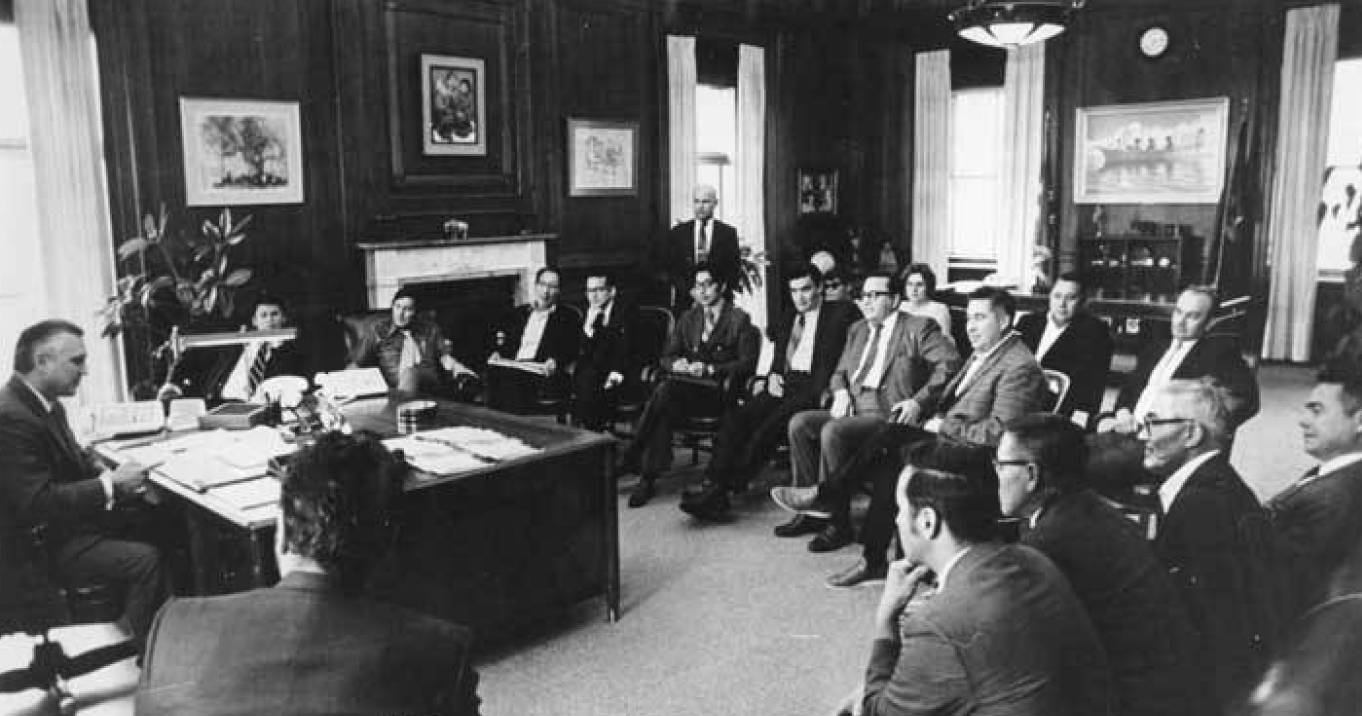
Finally, after more than a century of waiting, the claims made by Alaska Native peoples to their ancestral homelands were addressed by the federal government. Following intense negotiations between AFN delegates, representatives from various Alaska Native tribes, ANB/ANS leaders and the state of Alaska and federal government, Congress passed Alaska Native land claims legislation. ANCSA was signed into law on December 18, 1971. ANCSA charted new territory for federal Indian policy, mandating a for-profit model with land title under corporate ownership. Through ANCSA, the federal government transferred 44 million acres of land to Alaska Native regional and village corporations. Of…
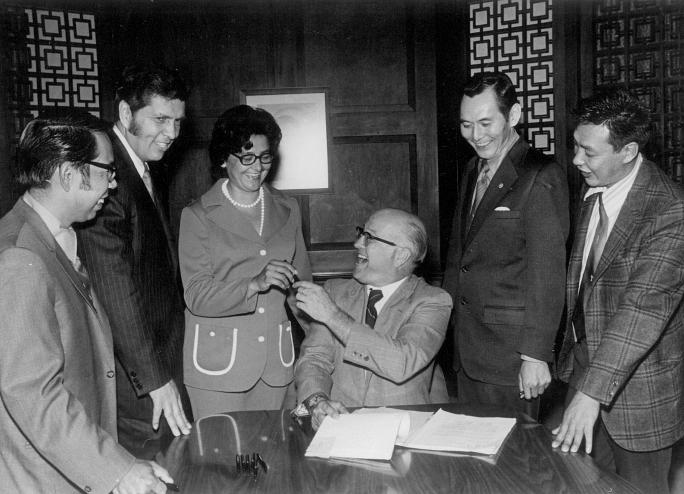
On June 16, 1972, Sealaska’s articles of incorporation were signed, officially incorporating Sealaska as the regional corporation for Southeast Alaska, one of thirteen (twelve at present) regional corporations. ANCSA corporations are owned by their Alaska Native shareholders. To be eligible to be an owner of Sealaska, original shareholders had to have at least one quarter Native blood quantum and a date of birth before Dec. 18, 1971, when ANCSA was approved. Sealaska enrolled 15,782 original shareholders upon incorporation. Depending on where original shareholders resided in 1971, they may have also received shares in village or urban corporations.
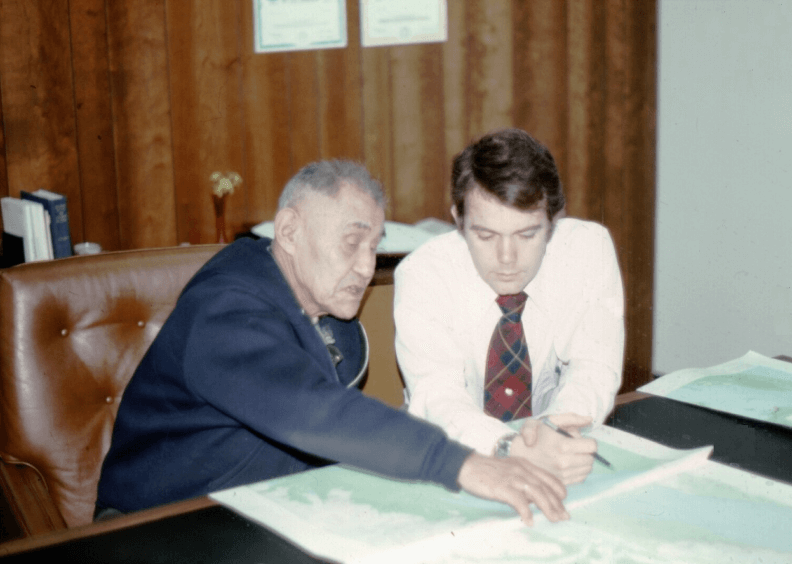
Several original provisions of ANCSA that dealt with stocks and shareholder eligibility were set to expire in 1991, twenty years after passage of the bill. In 1988, Congress passed amendments to ANCSA addressing these provisions ahead of the 1991 expiration. Prohibition of the Sale of Stock in perpetuity As originally written in 1971, ANCSA had a twenty-year prohibition on the sale of Alaska Native corporation stock. In other words, stock in Alaska Native corporations could not be sold until 1991. In 1988, ANCSA was amended to prohibit the sale of stock in perpetuity, unless the shareholders of an Alaska Native…
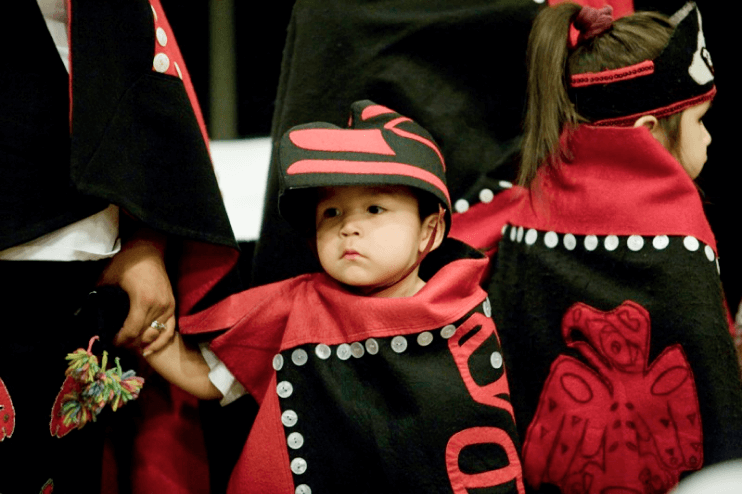
Under the 1991 ANCSA amendments, regional corporations could ask shareholders to vote on expanding enrollment to qualified descendants of original shareholders born after 1971. Sealaska shareholders voted to open enrollment to descendants of original shareholders (those born after 1971) and “left outs”—people who were eligible but for a variety of reasons “left out” of the original enrollment process in 1971. The one quarter blood quantum requirement remained. At this time, Sealaska shareholders also approved the creation of Class E (Elder) stock to ensure the value of original shares was not diminished by the addition of new shareholders.
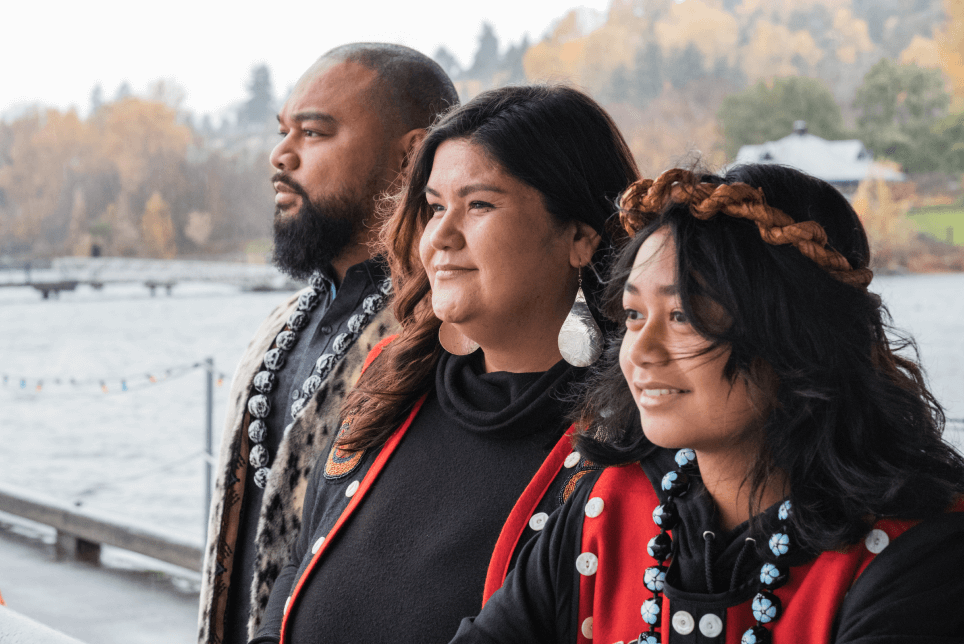
2022 marked Sealaska’s 50th year in business. At the 2022 annual meeting of shareholders, Sealaska shareholders approved a resolution that extended eligibility for Class D (Descendant) stock in Sealaska to lineal descendants of original shareholders without respect to their documented Alaska Native blood quantum. Established by a majority vote of shares, Sealaska joined two other regional corporations in rejecting the practice of quantifying degree of Indian blood in order to become a shareholder.





